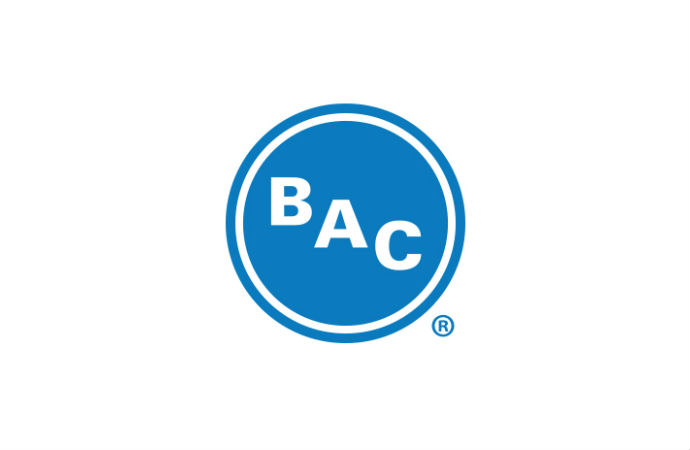Whilst in the 1980s scientists observed that the stratospheric ozone layer was getting thinner over the coldest parts of the globe, US scientists have recently discovered that the ozone hole is no longer an Antarctic phenomena. The scientific paper provides evidence that there is an indisputable direct link between climate change and ozone depletion occurring over populated warmer areas.

A recently released scientific report by Harvard scientists led by Prof. James Anderson demonstrates how severe summer storms in North America can lead to depletion of ozone layer over the continent. The chemical reactions that destroy ozone typically occur only at very cold temperatures, but the presence of water vapour increases the temperature threshold at which the chemical reactions responsible for ozone depletion take place.
Risk of ozone damage increased with global warming
The intense summer storms can force water vapour into the dry and cold stratosphere through a process called convective injection. The presence of such water vapour, which normally does not get so high in the stratosphere, changes the threshold temperature at which ozone is depleted by the chlorine released in reaction with ultraviolet light from man-made chlorofluorocarbons (CFCs), which are still present in the atmosphere.
“[…]because chlorine activation depends exponentially on water vapor and temperature, and in turn that the forcing of climate may well control the convective injection of water into the lower stratosphere, the idea that ozone “recovery” is in sight because we have controlled CFC and halon release is a potentially significant misjudgment,” reads the scientific paper.
The frequency and intensity of the summer storms is expected to increase with climate change due to increasing levels of atmospheric carbon dioxide and methane.
Failure to address HFCs puts the ozone layer in danger
Entered into force in 1989, the Montreal Protocol on Substances that Deplete the Ozone Layer regulates the production and consumption of man-made substances, chlorofluorocarbons (CFCs) and hydrochlofluorocarbons (HCFCs) that bring the breakdown of ozone in the atmosphere. However, the international treaty does not address the next generation of man-made gases, hydrofluorocarbons (HFCs), which do not have ozone depleting potential as such, but are climate potent gases that can accelerate the climate change. This is especially worrying in view of phase out of CFCs and HCFCs and rapid growth of the market for heating and cooling equipment in developing countries.
Amendment proposals to the Montreal Protocol on phasing down HFCs under the agreement were submitted for the fourth time and presented by the North American countries (United States, Canada and Mexico) and the Federal States of Micronesia at the 32nd meeting of the Open-Ended Working Group of Parties to the Montreal Protocol held on 23-27 July 2012 in Bangkok. However, discussion on these proposals were again stalled by Brazil, China and India who argue that HFCs as climate warming gases with no effect on the ozone layer do not fall under the mandate of the Montreal Protocol.MORE INFORMATION
Related stories









_1490973133.png)

